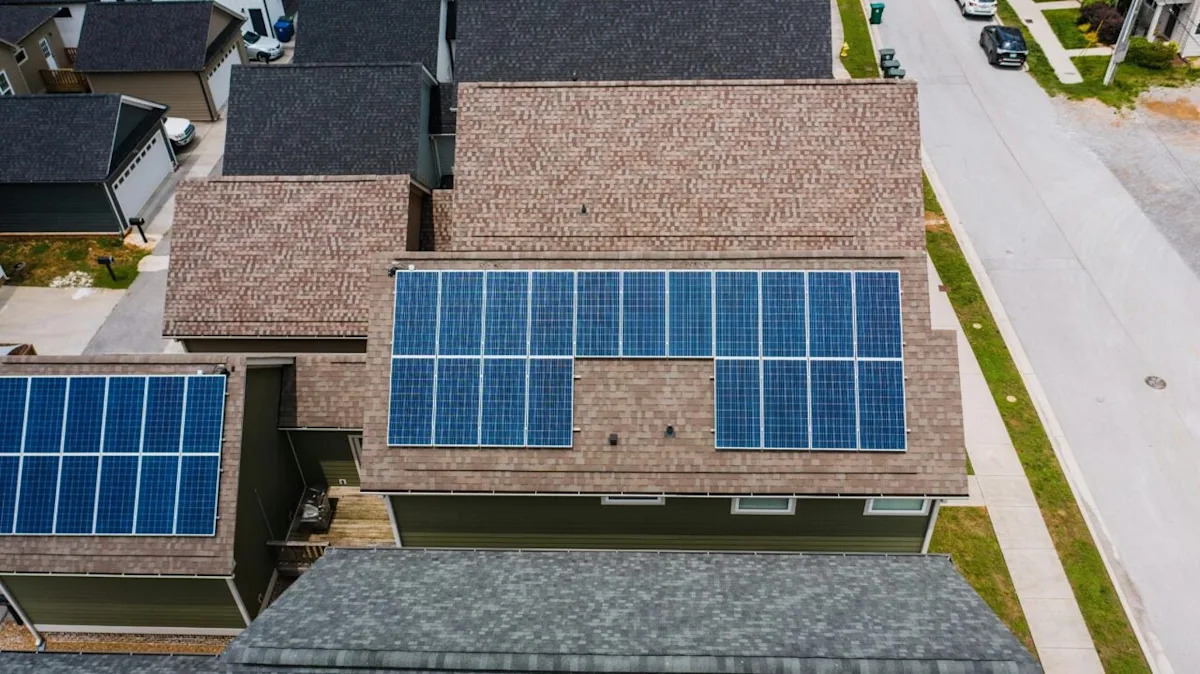Home / Business and Economy / Solar Industry Braces for Post-Incentive Era as Federal Tax Credit Ends
Solar Industry Braces for Post-Incentive Era as Federal Tax Credit Ends
17 Nov
Summary
- Federal solar tax credit to phase out by end of 2025
- 75% of households may struggle to afford solar without financial support
- Industry shifting to cost-cutting measures and new financing options

As of November 17th, 2025, the U.S. residential solar industry is entering a new era. The federal Investment Tax Credit (ITC), a key driver of solar adoption, is scheduled to phase out by the end of the year. This transition will likely lead to a short-term decline in the market, but industry experts believe it is far from a death knell.
The impending expiration of the ITC poses a significant challenge. Nearly half of Americans say they could not afford solar without federal incentives, and another third say it would be a financial stretch. Together, these findings suggest that roughly three-quarters of households would find solar difficult or impossible to afford without financial support. The impact is particularly acute for low-income households, with 39% stating they would not consider solar, compared to just 13% of high-income households.
To navigate this post-incentive landscape, the solar industry must shift its focus from relying on subsidies to fostering innovation. Residential solar demand is projected to drop by 26% in 2026, with cash and loan-based purchases declining by nearly half. However, third-party ownership (TPO) is expected to rise, indicating that consumers are seeking financing options that lower upfront risk and simplify decision-making.
On the installer side, the end of the ITC brings new pressure to control costs. While hardware prices have declined significantly, soft costs remain stubbornly high, accounting for nearly two-thirds of total project expenses. Companies that streamline workflows, increase transparency in quoting, and integrate automation into design processes are positioned to succeed in this leaner, post-incentive environment.


